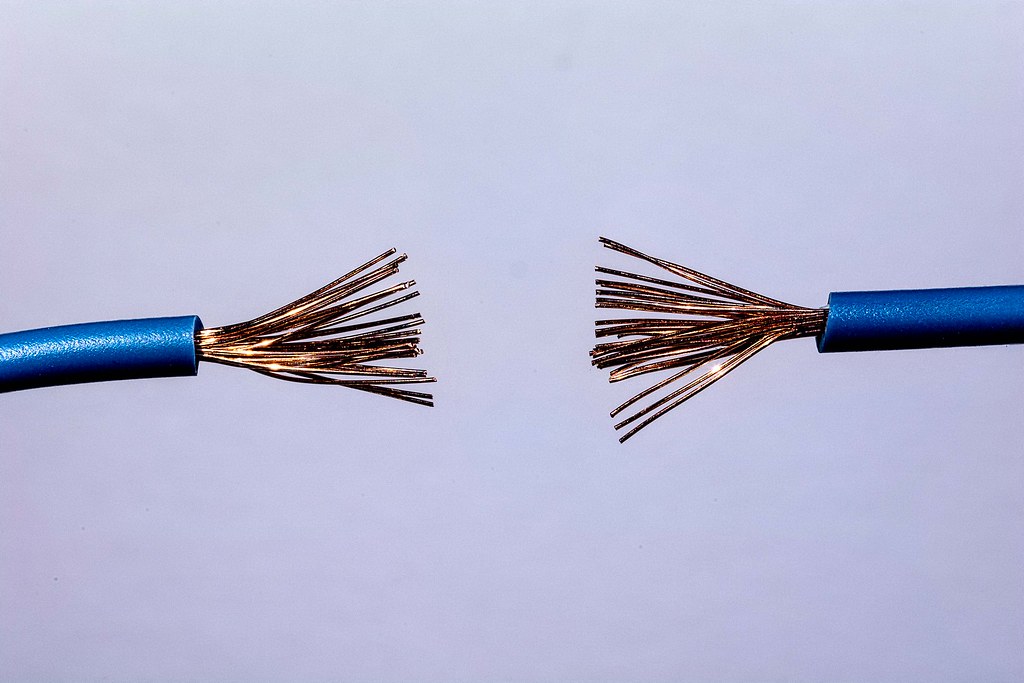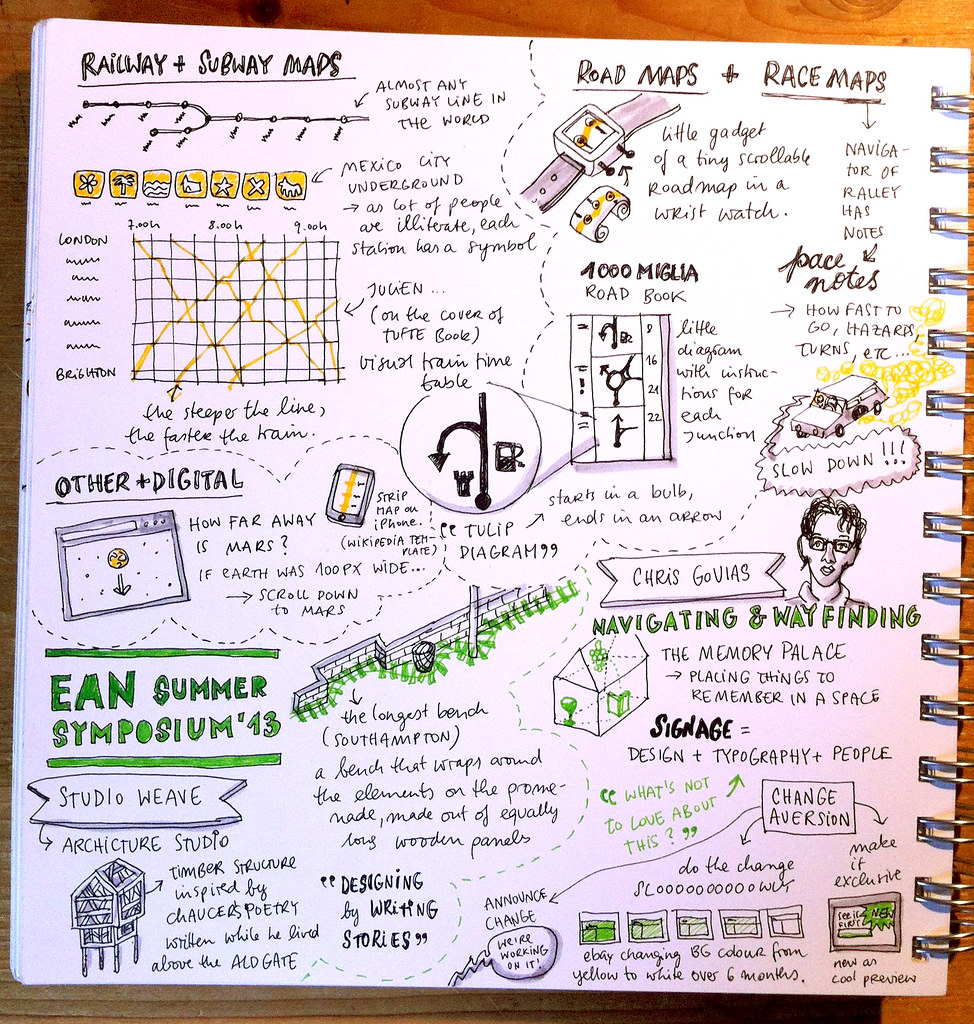I thought about calling this an epilogue, but that connotes something is over. I don’t think this is over, so…addendum, maybe? Whatever one might label it, this entry consists of a connection made between two separate practices which resulted in the establishment of a beachhead in the battle to understand who I am and who God is.

I’ve been working to memorize the Sermon on the Mount (Matthew Ch. 5-7) off and on for a couple of years. Like any project of this kind, I’ve worked at it, left it un-noticed on the shelf for months, then returned to it, only to forget it again and so on. During this recent period of re-engagement, I was working on the beginning of chapter 7 in which Jesus gives his seminal teachings on worry – more accurately about NOT worrying.
To understand how this connection I referred to earlier was made, I must explain the method I sometimes use to memorize things. It’s called the “Memory Palace” and it’s use goes back at least to ancient Greece. In summary, our memories are much better at recalling spaces and emotions than they are data (numbers and words) so you sort of “hack” your brain and use familiar spaces and evocative images attached to the data you want to remember. In the case of my story, I used the house in Stanwood in which I grew up as a sort of “palace”. I begin at the grandfather clock to the right of our front door as a starting point, and I imagine Jesus sitting down in front of it. As he does, he lifts his hands as he begins the Sermon on the Mount, and the clock strikes the hour, getting everyone’s attention. This is the image attached to the first 12 verses of chapter 5. Then at verse 13, where Jesus talks about “salt and light” I move around the corner to the couch in what my mom called “The Parlor”. I picture my dad (as he often would) napping on that couch…but buried up to his chin in a pile of salt as the afternoon sun streaming in, glints off the salt crystals. And around the house I continue in my imagination, for each section of the sermon.
When I arrived at the beginning of chapter 7 and the segment on worry, I found myself in the hallway between the kitchen and the bathroom. When I began to construct an evocative image to help me remember “worry”, the first thing that popped to mind was my mother. She was, among many other notable things, a worrier. She would readily agree to that description. I conjured an image of her standing in that hallway, her face (as I saw it countless times) sort of contorted in anxiety, her hands wringing, and a minor-keyed worrisome melody coming from her mouth. She was looking at me and simply exuding angst. The image was effective. Whenever I came to this part of The Sermon, I never failed to remember what came next: “Therefore, do not worry about your life…”

Now, at the same time, I had been engaging in the practice of “joy memories” about which I have already written. This practice has truly been transformative. I’ve begun adapting it a little bit so that at any time, when a thought or feeling strikes me, I can turn to the face of Jesus as I have been imagining him and experience the joy and attachment of being with him. He has never looked on me with anger, shame, or disappointment, but only with varying expressions of delight and love.
So, one day a couple of weeks ago, as I “rounded the corner into the hallway” and encountered my mother’s very worried face, it felt different. I was troubled by it. I realized that, while she worried about everything…all the time, this face and these sounds were reserved for me. She was worried about “me”. Now, when I was a child, she was without question over-protective. And as a teenager and young adult, her default posture toward me was one of worry and apprehension for my well-being. This lightened a bit as I settled down and established my own adult life, but worry was definitely the foundation of her relationship to me. That initially struck me as sad…sadness for her, for the suffering she endured. But as I continued to consider her expression, a new realization emerged: she wasn’t worried for my sake, but for her own. I had known for some time, based on direct testimony from her and my father, that she wanted “a baby” very badly when they first got married. He…not so much. I was created to fulfill a role in my mother’s preferred vision for her own life. My dad reluctantly agreed.
I began to see the nuance of an anxious pet owner in her worried face; of an investor watching the market drop and their profits begin to dwindle. For the first time in my life, I realized the full scope and consequence of my existence as it relates to my family, to my mother in particular. She loved me as a possession. I was a secondary cast member in the drama of her life. More like a pet than a person. Her worry was not primarily for my well-being, but for my well-being as it related to her own. This is very hard to articulate without sounding whiny and ungrateful; petulant and privileged. Funny thing is, these are all qualities I have been terrified exist within me in character-defining quantities, and of which I was accused of as a child by my older brothers.
Once I was confronted by the depth of my mother’s selfish attachment, I couldn’t help but see the results in me: whiny, ungrateful, petulant, and privileged. Let’s not forget judgmental, demanding, and weak. Damn it. It’s true. It’s all true. The brothers called me “The Little Prince”, and son-of-a-bitch, they were right. Now, hear me: I do not believe these are “core characteristics”. But they are without a doubt present and significant. Yes, thanks be to God, I think they exist alongside compassion, curiosity, enthusiasm, and a few other honorable traits…so, I don’t believe myself to be a villain…but I am much farther from the hero I long to be than I thought I was. She made me that way.

For a few years, I had tried to describe it, but couldn’t put my finger on it. I explained that I was loved, but not seen. But now – I didn’t just know what that meant, I felt it. I felt the repercussions of it through my body, through my memories, through the impacts on countless lives, from my brothers, my father, romantic partners, and friends. I saw it clear-as-day in my mother’s imagined face. Our attachment, which I always thought was deep and authentic, was really a clogged-up attachment. Not hostile, or abusive, but almost completely filled by her need, with very little room left over for me; no room for flow, give and take and growth. It clicked with a sickening certainty.
I turned from her in anger and shame, only to encounter the face of Jesus.
The practice of picturing him had quietly snuck in to my automatic (faster-than-conscious or “right brain”) thinking, and without a conscious call, I had beckoned him. He stood in my path as I turned and attempted to run away. My perspective had shifted from looking downward at my mother with hot tears of shame stinging my face and anger stuck in my sore throat, to looking upward into the face of one who really sees me.
If I was a better writer, I could describe his expression in less than a thousand words and get it close, but I’m not. Suffice it to say that he was “worried” too, but it looked very different. My mother’s worried eyes seemed to focus on a point just beyond me, where my existence affected her. Jesus’ “worried” eyes bored right into my heart with no other thought or concern but me. It made me uncomfortable. No one had ever looked at me like that…or perhaps it had been very rare, but either way, I felt the difference. There was no shame (which ironically produced a bashfulness in me) and there was a grief in his face which validated what I had just realized. There was some relief, like he was exhaling, but above all there was kindness and compassion.
With only a moment’s hesitation, I threw my arms around him and buried my face in his garments, sobbing…from all the feelings. He held me so tightly.
Without any sort of que, it seemed time to loosen my embrace, and only then did he loosen his in kind. Then (this part is particularly strange, because I can’t trace ANY line back to my own sense of imagination) I turned away from him, but still inside his embrace…he did not let go. I could then, from the safety of his embrace, look back out into the world in front of me.